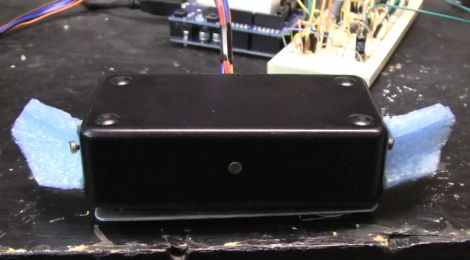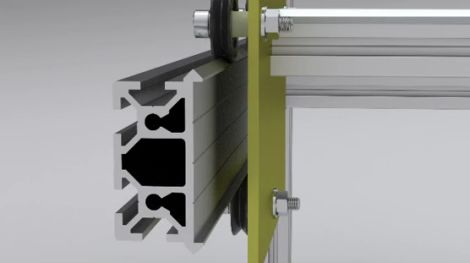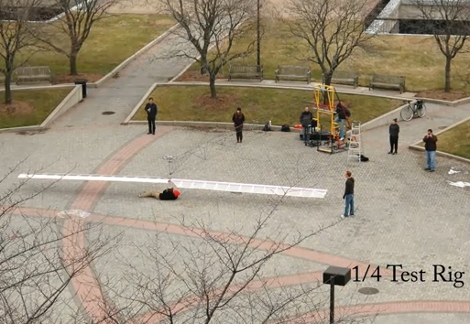
Pace clocks are used in a variety of sports, from swimming to track. The systems are typically expensive however, often beyond the reach of smaller organizations and underfunded programs. For their electrical and computer engineering final project, Cornell students [Paul Swirhun and Shao-Yu Liang] set out to build a much cheaper alternative to commercial pace clocks, with a far simpler wireless user interface.
Their clock uses an ATmega32a to handle all of the processing which is paired with a RN-42 Bluetooth module for communicating with Android smartphones. Their seven-segment displays are built using custom PCBs that they designed and fabricated for the project which are controlled by TLC5940NT LED drivers. The Android software allows users to connect to the pace clock remotely, creating any sort of multi-layered swimming or running routines.
When the project was completed, the pair tallied their total hardware cost to be under $250 apiece at low production volumes. Even when taking assembly time into account, their solution is several magnitudes cheaper than similar commercial systems.
Stick around if you are interested in seeing a demo video of their final product in action.
Continue reading “Cheap Open-source Pace Clock Keeps Your Practice On Schedule”

















